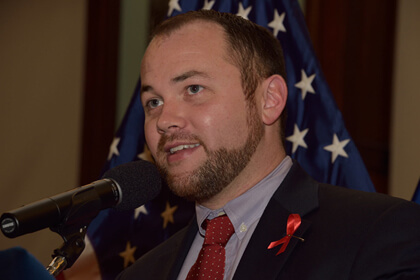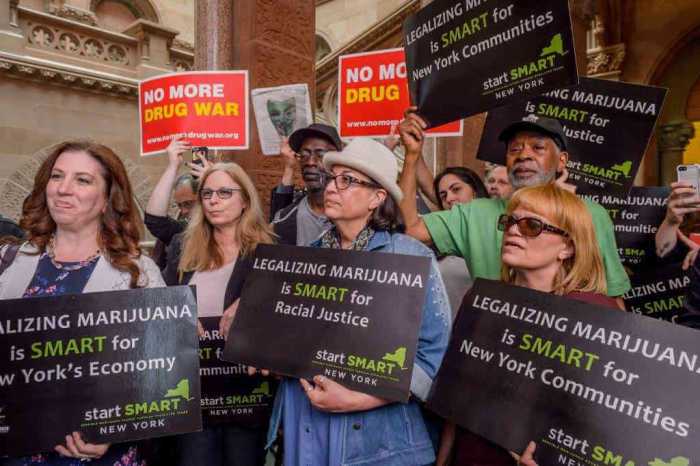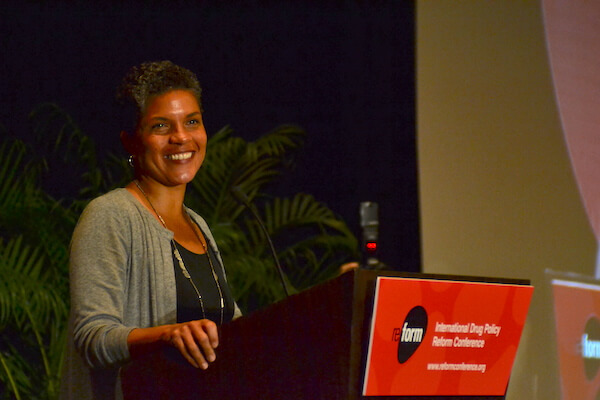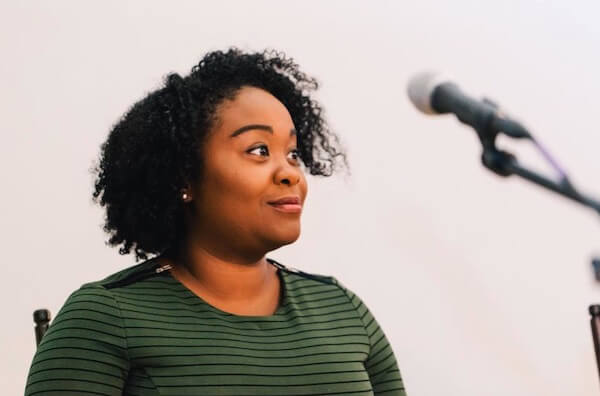A campaign to introduce safe injection facilities in New York City has a warm welcome from Corey Johnson, chair of the City Council Health Committee.
While not well known in the United States, safe injection centers for injecting drug users are a standard feature of harm reduction programs in large cities elsewhere, including Vancouver, Frankfurt, and Sydney. Experts from these cities were on a September 30 panel discussion at All Souls Church on Lexington Avenue on the Upper East Side. The discussion was moderated by Amy Goodman of the “Democracy Now” television and radio news program.
The panel was the second step in a drive to educate the public in New York. SIFs are a notable a component of Governor Andrew Cuomo’s “Blueprint on Ending the AIDS Epidemic,” which was developed by a task force of 63 leading experts and advocates and released earlier this year.
City Council health chair notes harm reduction success worldwide, Cuomo task force’s endorsement
“Supervised injection facilities are a successful harm reduction strategy in cities across the world and are a critical facet of the governor’s Ending the Epidemic Blueprint,” said Johnson, who is one of the six out LGBT members of the Council. “I look forward to continuing the conversation on this and other innovative solutions to public drug use and overdose.”
Julie Netherland, the Drug Policy Alliance’s deputy state director, said, “We can do a better job addressing the health of people who use drugs.” Safe injection sites, she said, reduce overdoses and improve the health of drug users.
In such centers, injectors have access to sanitary and supportive surroundings, often with a nurse present. Syringe exchange programs in New York City prevent HIV and hepatitis C infections by giving drug users access to sterile needles.
“But it's not enough to provide someone the tools for safer injection” without providing a place to do the actual injection said Taeko Frost, executive director of Washington Heights CORNER Project, an Upper Manhattan nonprofit that does harm reduction work with drug users.
“A safe, clean place to inject would have allowed me to avoid abscesses and infections that have affected my health and would have made it much easier to deal with things I wanted to change about my drug use,” said Paul Levine, a staff member at VOCAL New York who was forced to inject in public places during periods of homelessness. VOCAL works on HIV, drug use, and ex-inmate issues. Injecting in public, Levine explained, increases the risk of arrest but also ties up law enforcement resources.
Diverting drug users to SIFs would also mitigate public complaints about drug use in restaurant bathrooms and parks.



































